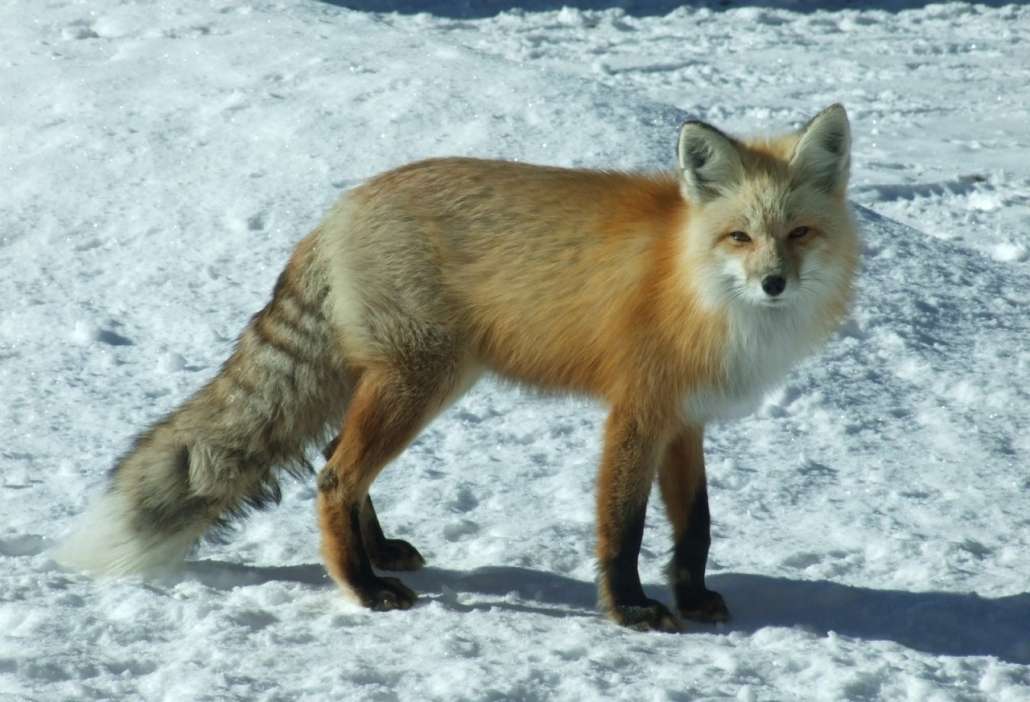REVIEW POTPOURRI: Elsie Baker & Frederick Wheeler
 by Peter Cates
by Peter Cates
Elsie Baker
Frederick Wheeler
A ten-inch acoustic Victor shellac disc presented the duet of contralto Elsie Baker (1883-1971) and baritone Frederick Wheeler (1877-1951) performing There Is Nothing, Dear, I Wouldn’t Do for You from a vaudeville musical revue, All Aboard, produced by comedian Lew Fields who was part of the early 1900s comedy team, Weber and Fields ; and the Orpheus Quartet singing The Girl in the Gingham Gown, which came from a Hippodrome production, America.
The Girl in the Gingham Gown was recorded October 3, 1913, at the former church in Camden, New Jersey, which Victor used during the World War I years and on into the 1920s; the Baker/Wheeler duet, October 6 of the same year.
Elsie Baker was not only a wonderful contralto with many shellac records to her credit but also an actress on stage and intermittently in silent films and talkies. She even appeared in one of the Ma and Pa Kettle films from the early ‘50s and did a cameo appearance in Jack Lemmon’s hilarious 1964 classic Good Neighbor Sam.
Baritone Frederick Wheeler recorded for a number of labels in addition to Victor, including duets with his wife, the wonderful soprano Elizabeth Wheeler (1875-1971); I own a ten-inch 78 featuring him and a tenor named Ballard singing a now forgotten but then very popular Nativity classic Star of the East which was recorded during the 1920s for the Sears Roebuck Silvertone label and which can be heard via YouTube.
The Orpheus Quartet consisted of bass William F. Hooley (1861-1918), baritone Reinald Werrenrath (1883-1953), and tenors John Barnes Wells (1880-1935) and Harry Macdonough, a pseudonym for John Scantlebury Macdonald (1871-1931). All four vocalists were high-calibre singers and each of them recorded frequently, both as soloists and as part of different quartets.
The reason for pseudonyms was because these singers recorded so often and for so many different labels that the record labels feared that over exposure might lead to a decline in record sales.
Both sides of this Victor disc were very quaintly pleasant music, even if forgettable, and can also be accessed on the Internet. But I admit to a bias for dusty old 78s.
A footnote – the Hippodrome, during its early 20th century first three or four decades, hosted concerts, circuses and various other large scale extravaganzas and could seat over 5,000 people. The Wikipedia article makes for some interesting reading.


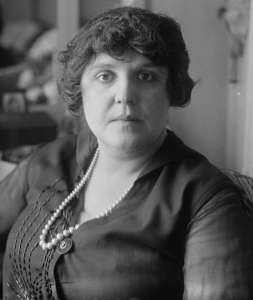
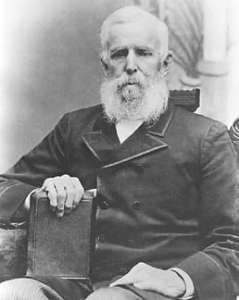
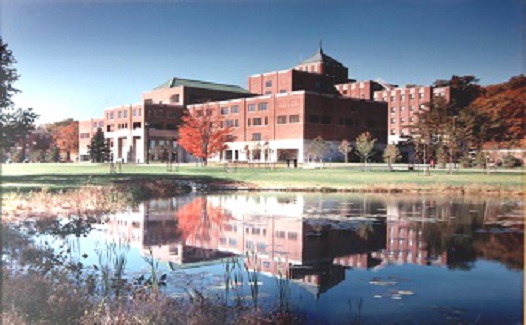



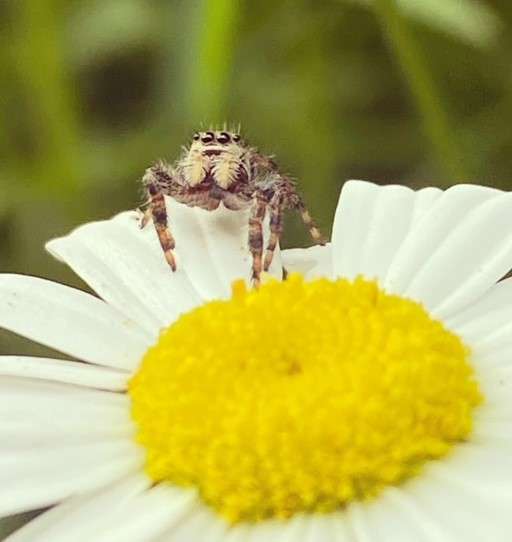

 Don’t kiss off your lips. Protect them from damage and neglect.
Don’t kiss off your lips. Protect them from damage and neglect.

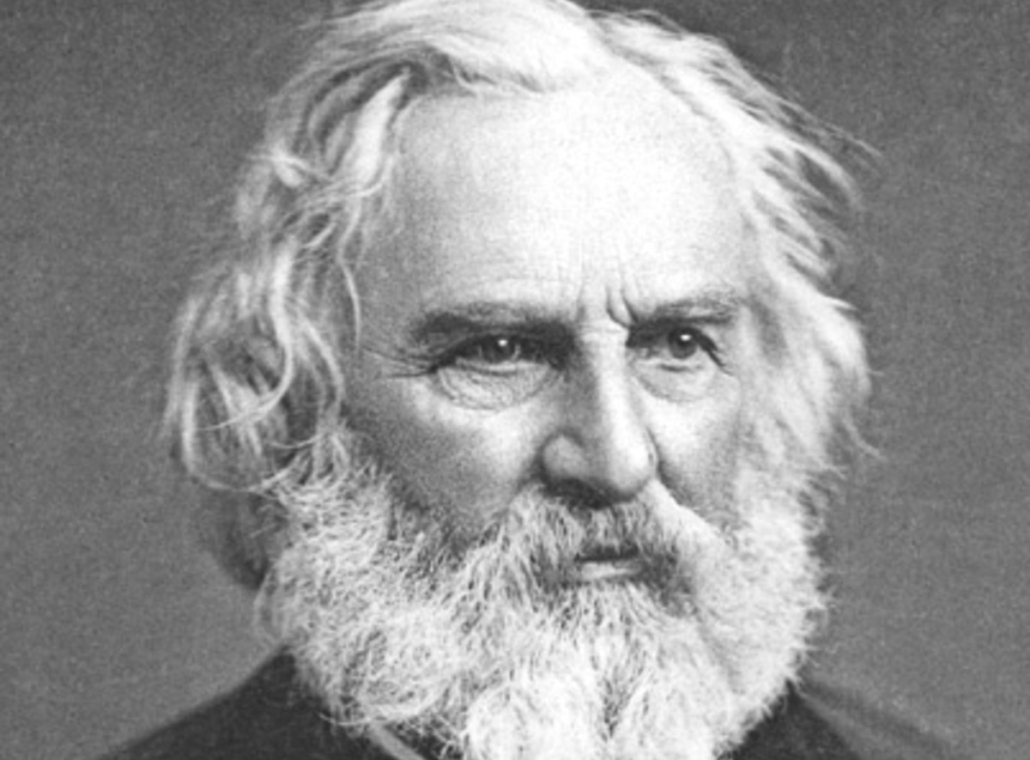

 COMMUNITY COMMENTARY
COMMUNITY COMMENTARY by Katrina Smith
by Katrina Smith